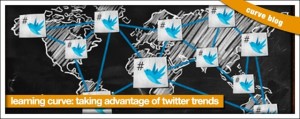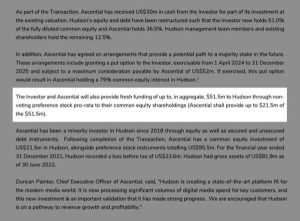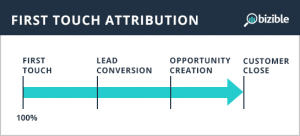Thinking WAY Beyond The Banner
by Mike Azzara, Op-Ed Contributor, March 16, 2017
Of course, better brands already think carefully about their raison d’être, their Purpose (with a capital P) and related core values, and they act mindfully to imbue that Purpose and those values into all aspects of their operations — with marketing, advertising and customer interaction rising to the top of the list, not necessarily in that order.
But the supersonic train freighting artificial intelligence and machine learning down the line suggests the rest of us are going to have to move a lot faster, and more authentically.
The long-term trend in which marketing is becoming more involved in more aspects of the business must accelerate. That’s because in the near-future AI-powered world, marketing messages will be delivered via everyday customer and audience interactions — or not at all.
It’s marketing that translates Purpose and core values into messages and brand attributes, and then conveys them all to customers and prospects. Marketers should consider that the future of that practice will involve programming AI brains to embody those attributes for interactions that go way beyond banner ads.
Consider the implications of Baidu chief scientist Andrew Ng, speaking at a recent Wall Street Journal conference: “Web search, advertising — all of that is powered by AI today. For example, we run a very large food-delivery service, and when you order food, we use AI to predict how long the food will take to get to you. That includes deciding which motorcyclist to dispatch to pick up the food, so they arrive just as the food is cooked and fresh, and they can get it to your door while it’s as hot as possible.”
The example is painfully simple, but it’s also strikingly clear how this everyday interaction — pizza delivery — is being imbued with attributes that aim to represent the brand to the customer. Now, multiply that times every brand in every industry you can think of, as Born founder Mike Nicholas talked to me about for my Brand-Inflected AI post. There’s everything from finance chatbots that pay your bills to Radar O’Reilly-savvy butlers at economy-priced hotels.
Then think about how deals like the marriage of Salesforce.com’s Einstein and IBM’s Watson can lead to massive individualization at scale by combining all your customer data with just about everything else, from tomorrow’s weather to colon cancer. Yes, the examples they offer today sound downright stupid: sell umbrellas on a rainy day and bathing suits when the sun is out. Sheesh. But the thing about machine learning is, it is fast learning.
For example, in the same article that quoted Baidu’s Ng, Neil Jacobstein, chair of Singularity University’s artificial intelligence and robotics department, talks about how an AI developed at Carnegie Mellon University (CMU) crushed four human world champions of poker.
An avid poker player in my youth, I can tell you we’re no longer talking about rules-based games with finite, if large, variable sets. As Jacobstein explained, “This is a big deal, because it signals the ability to deal with incomplete information and to deal with situations that require bluffing and an opponent that generates misinformation. That is a really important set of skills. It will lend itself to negotiation, to strategy development, and perhaps even to policy analysis.”
Most likely, that CMU program is highly specialized, and still a research project. But this train is moving at supersonic speed, remember?
All of which means brands and their marketers must act fast to better understand their own brand truths and how to translate them into definitions for customer and prospect interactions, and then figure out how to teach it all to an AI. Or, more to the point, figure out how to get the AI to teach itself — it’ll be so much faster!
MediaPost.com: Search Marketing Daily
(42)
Report Post





